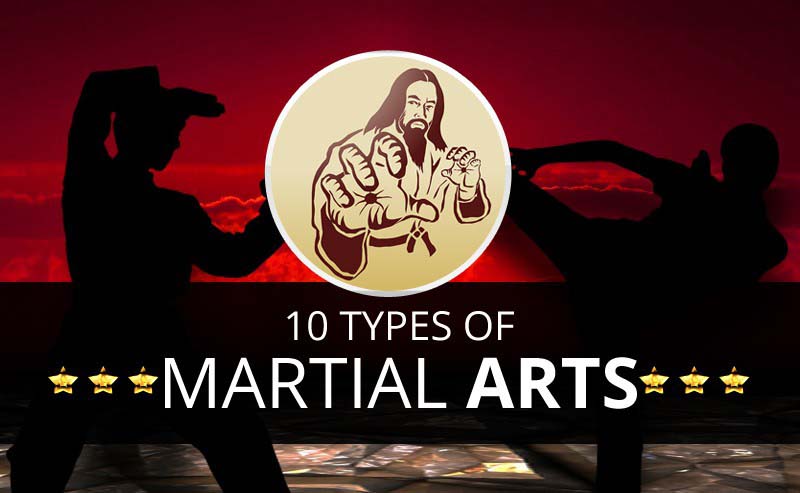Embark On An Awesome Journey Via The World Of Martial Arts
Embark On An Awesome Journey Via The World Of Martial Arts
Blog Article
Web Content Composed By-Ryberg Mcintyre
Enter the ancient globe where martial arts were substantiated of necessity in diverse regions. Societies crafted distinct fighting designs linked with historical contexts. Techniques advanced over centuries via devoted method and social exchanges. Today, modern-day martial arts blend conventional elements for optimal performance. Philosophically, martial arts stress discipline, self-improvement, and consistency. Regard, humbleness, and equilibrium are fundamental principles guiding experts towards development and strength. Explore the midsts of this abundant background and ideology to uncover the extensive influences forming this enduring self-control.
Beginnings of Fighting Style
Martial arts came from different areas around the world, advancing as useful battle systems to defend against risks. These ancient combating styles were created out of need, with each culture crafting techniques suited to their special atmospheres and challenges. From the grappling arts of Jujutsu in Japan to the striking techniques of Martial art in China, martial arts were deeply linked with the historical, social, and cultural fabric of their particular cultures.
In Japan, the samurai class polished martial arts like Kenjutsu, the art of the sword, which later progressed right into the more promoted type of Kendo. At the same time, in Brazil, Capoeira emerged as a blend of dance and fight, produced by enslaved Africans as a way to stand up to fascism. Each martial art carries with it an abundant background and ideology, showing the worths and ideas of the people that exercised them.
As you look into the beginnings of martial arts, you discover a tapestry of human resourcefulness, durability, and the unrelenting spirit of warriors throughout time.
Advancement of Methods
Through centuries of method and improvement, combat methods within various martial arts have gone through a profound advancement. From old designs like Martial art and Karate to much more modern-day disciplines such as Brazilian Jiu-Jitsu and Krav Maga, the evolution of strategies has been driven by a combination of social impacts, sensible applications, and technical improvements.
One significant element of this evolution is the cross-pollination of methods between different martial arts. For krav maga martial arts , techniques from typical Japanese Jiu-Jitsu were integrated right into the production of Judo by Jigoro Kano in the late 19th century. This mixing of designs has actually resulted in the growth of crossbreed martial arts like Mixed Martial Arts (MIXED MARTIAL ARTS), which integrate components of striking, grappling, and submission methods.
Furthermore, the evolution of techniques has been shaped by the boosting emphasis on effectiveness and performance in battle. Practitioners have continuously sought to fine-tune their strategies through extensive training, experimentation, and competitors, causing the growth of extremely specialized and efficient fighting styles. Generally, the development of methods in martial arts shows the dynamic nature of battle and the recurring mission for enhancement and technology.
Philosophical Foundations
Exploring the underlying thoughtful concepts of martial arts offers insight right into their core worths and directing ideas. At the heart of many martial arts self-controls is the principle of technique itself. By educating your body and mind to serve as one natural device, you grow self-control that expands beyond the dojo or fitness center right into day-to-day life. This technique includes respect, humility, and self-discipline, forming not simply your physical capacities but also your character.
https://people.com/sports/who-is-joaquim-valente-gisele-bundchen/ in martial arts is the concept of continuous self-improvement. The trip of understanding a martial art is nonstop, with professionals continuously aiming to far better themselves, both physically and psychologically. This focus on development fosters strength, determination, and a growth state of mind that can be related to all aspects of life.
Furthermore, martial arts stress the value of harmony and balance. Strategies are developed to make use of an opponent's energy against them, highlighting the principle of producing and rerouting force instead of satisfying it head-on. This philosophy extends to interpersonal connections, advertising serene resolutions and good understanding. By accepting these philosophical foundations, martial artists not only boost their battle abilities however likewise grow a way of living centered on individual development, regard, and harmony.
Conclusion
In conclusion, the history and viewpoint of martial arts use a rich tapestry of custom, self-control, and self-improvement.
Consider instance the tale of Bruce Lee, that changed martial arts by mixing different designs and philosophies to produce his own distinct form of Jeet Kune Do.
With dedication and advancement, martial musicians remain to push boundaries and influence others to reach their full capacity both in combat and in life.
